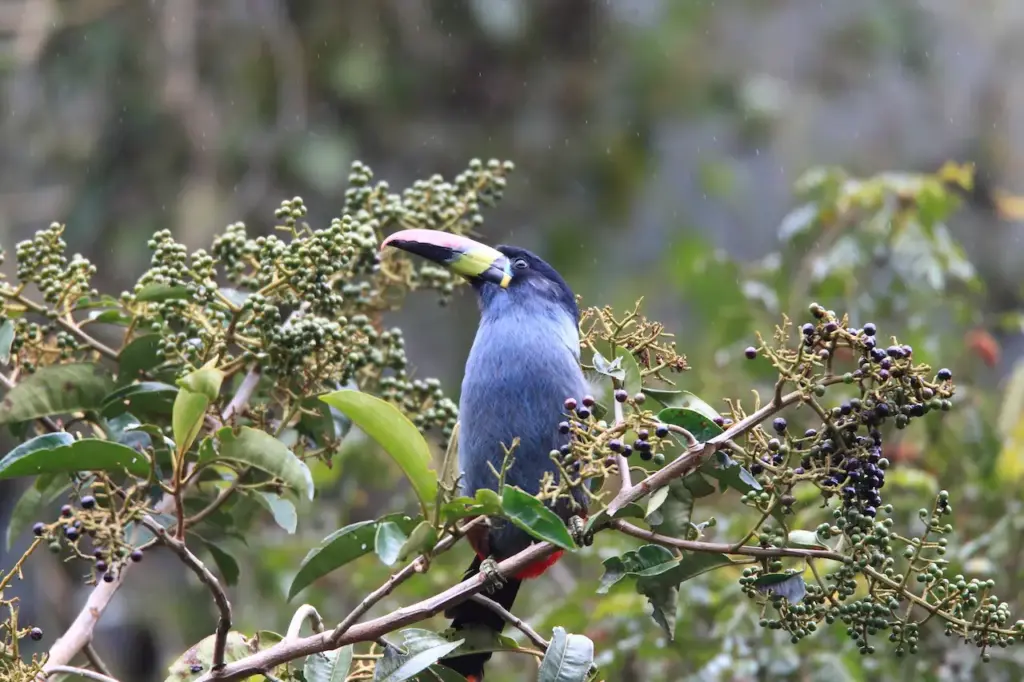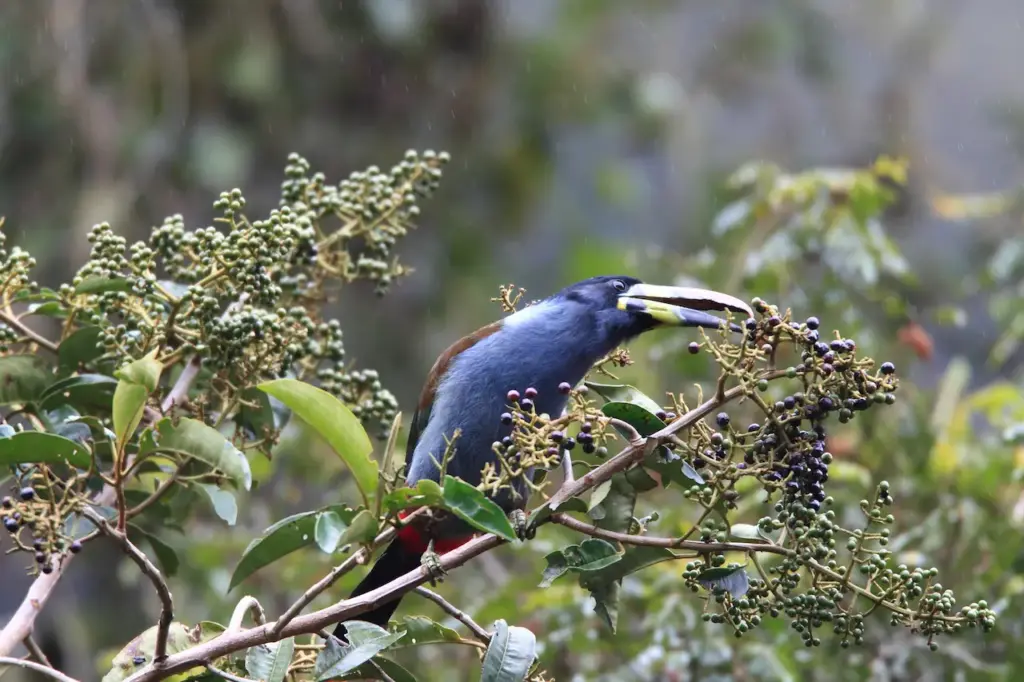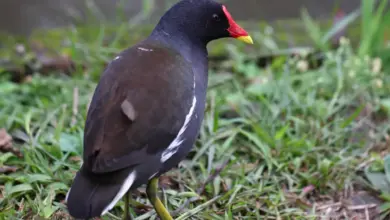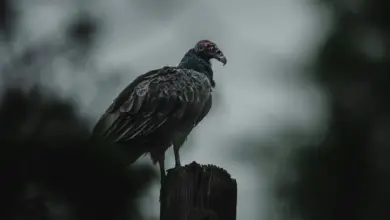The Grey-breasted Mountain-toucans (Andigena hypoglauca) is a toucan found in humid highland forests in the Andes of southern Colombia, Ecuador and Peru.
Two subspecies have been identified – the nominate race occurs in the northern parts of its range, and the subspecies Andigena hypoglauca lateralis occurs in the southern parts.
The Grey-breasted mountain toucan remains locally fairly common but has declined due to habitat loss.
[ez-toc]

Description
Toucans have distinctive coloration, markings, and are particularly noted for their large colorful bills.
The two races of the Grey-breasted Mountain-toucan can be visually identified by the color of their eyes. The nominate subspecies has dark eyes, while the southern form has pale eyes.
Breeding / Nesting

The mating ritual is a fun-loving affair for toucans, as they throw fruit to one another.
Like all of their other activities, nesting happens high up in hollow areas in trees. The bill is not effective for digging or any other type of extensive excavation work and so they must rely on holes already formed by other means.
The nests are not lined, but the two to four shiny white eggs that are laid each year rest on a few wood chips created while enlarging the opening or on various kinds of regurgitated seeds collected for this purpose. Parents share equally in incubation duties, but rarely sit on the nest for more than an hour at a time and the eggs are often left uncovered. Both parents share in feeding fruit to the babies for up to 8 weeks.
After 16 days the nestlings are born blind, with no trace of down on their pink skin. The bill is unremarkable until about 16 days old when it takes on the distinguishing features of the toucan, and requires up to four months to develop fully. Feathers begin to expand at 4 weeks.
Babies have pads on their elbows that protect their feet by keeping them elevated until they fledge.
Breeding in captivity requires attention to a number of details. Even successful breeders report rates as low as 30% for the incubation of eggs.



